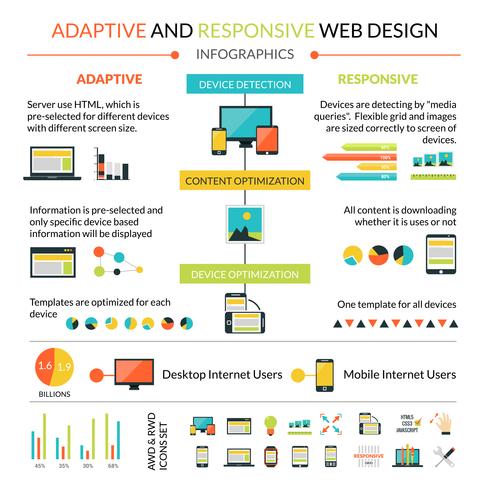Interested In Finding Out Exactly How Site Layout Has Progressed Throughout The Years? Check Out The Journey From Simple Designs To User-Centered Techniques
Interested In Finding Out Exactly How Site Layout Has Progressed Throughout The Years? Check Out The Journey From Simple Designs To User-Centered Techniques
Blog Article
Created By-Kahn Stender
In the past, websites were easy and focused on info. Navigation was direct, and layout was for desktop computers. Now, customer experience is key. Information guides designs for easy navigation. Responsive layouts suit various devices. Today, dark setting reduces strain, and minimalist menus improve navigation. Interactive functions engage customers, and vibrant visuals stand apart. AI assimilation boosts interaction. See exactly how layout has actually progressed to boost your on-line journey.
Very Early Days of Website Design
In the early days of web design, simplicity preponderated. Websites were fundamental, with restricted shades, font styles, and designs. The focus got on offering info rather than flashy visuals. Users accessed the net via slow-moving dial-up connections, so speed and functionality were crucial.
Navigation menus were straightforward, commonly located at the top or side of the page. Web sites were made for desktop computers, as mobile browsing wasn't yet common. Material was king, and developers prioritized simple readability over intricate layout aspects.
HTML was the primary coding language used, and designers had to function within its constraints. Computer animations and interactive features were very little compared to today's standards. Websites were static, with little dynamic content or personalized user experiences.
Increase of User-Focused Layout
With the development of internet site layout, a shift in the direction of user-focused style concepts has become increasingly famous. Today, developing internet sites that prioritize user experience is critical for engaging visitors and achieving business objectives. User-focused style involves understanding the demands, choices, and actions of your target audience to customize the internet site's design, web content, and includes appropriately.
Designers currently carry out detailed research study, such as user surveys and usability screening, to collect understandings and responses directly from users. This data-driven method aids in creating instinctive navigation, clear calls-to-action, and aesthetically appealing interfaces that reverberate with visitors. By putting the individual at the center of the layout process, sites can deliver a more personalized and pleasurable experience.
Receptive design has actually also become a key facet of user-focused style, making certain that web sites are optimized for different tools and display sizes. This adaptability improves accessibility and functionality, satisfying the diverse means users engage with sites today. In essence, the rise of user-focused layout signifies a shift towards producing electronic experiences that focus on the needs and assumptions of the end individual.
Modern Trends in Web Design
Discover the current patterns forming web design today. One noticeable trend is dark mode design, using a streamlined and modern-day look while lowering eye strain in low-light atmospheres. An additional key pattern is minimalist navigation, streamlining menus and boosting user experience by concentrating on essential elements. Incorporating micro-interactions, such as animated buttons or scrolling impacts, can produce a much more interesting and interactive site. Receptive layout continues to be crucial, ensuring smooth customer experiences across various devices. Furthermore, utilizing vibrant typography and asymmetrical formats can add aesthetic interest and draw attention to specific web content.
Incorporating https://wordpressseopluginsreview19516.slypage.com/27467424/enhance-your-web-site-s-appeal-and-intrigue-your-site-visitors-with-the-use-of-high-quality-visuals , like chatbots for client support or personalized suggestions, boosts individual engagement and simplifies procedures. Accessibility has also come to be a substantial pattern, with designers prioritizing inclusive style techniques to deal with varied individual demands. Embracing sustainability by enhancing web site performance for rate and efficiency is one more arising pattern in website design. Collaborating with customer feedback and information analytics to repeat and improve style constantly is vital for remaining relevant in the ever-evolving digital landscape. By accepting these modern-day fads, you can create an aesthetically enticing, user-friendly website that reverberates with your target market.
Verdict
As you assess the evolution of website layout from the very early days to now, you can see exactly how user-focused layout has ended up being the driving pressure behind modern-day patterns.
Accept https://timesofindia.indiatimes.com/blogs/voices/5-growth-marketing-strategies-that-can-help-indias-unicorns-unlock-their-digital-future/ of change and adjustment in web design, constantly keeping the individual experience at the center.
Keep current with the latest patterns and innovations, and never quit advancing your approach to produce aesthetically magnificent and straightforward websites.
Progress, adapt, and create - the future of web design is in your hands.
